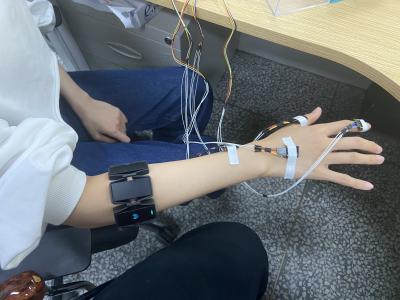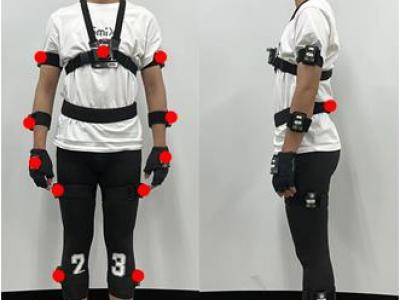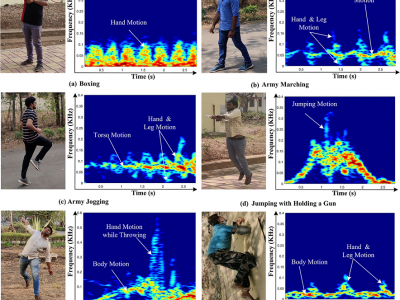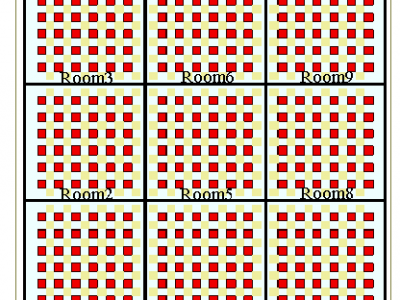Signal Processing
The experimental data provide hand motion signals and forearm EMG signals generated during simulated Parkinson's tremor in 10 normal subjects. The sampling frequency of the experimental equipment IMU is 100Hz, and the sampling frequency of the myoelectric armband Myo is 200Hz. The collection process of this experimental data has been approved by the Ethics Review Committee of Harbin Institute of Technology. In order to protect the privacy of the subjects, the author's consent is requested before using this data.
- Categories:
 321 Views
321 ViewsHuman activity data based on wearable sensors, such as the Inertial Measurement Unit (IMU), have been widely used in human activity recognition. However, most publicly available datasets only collected data from few body parts and the type of data collected is relatively homogeneous. Activity data from local body parts is challenging for recognizing specific activities or complex activities. Hence, we create a new HAR dataset which is colledted from the project named MPJA HAD: A Multi-Position Joint Angles Dataset for Human Activity Recognition Using Wearable Sensors.
- Categories:
 1672 Views
1672 ViewsDue to the smaller size, low cost, and easy operational features, small unmanned aerial vehicles (SUAVs) have become more popular for various defense as well as civil applications. They can also give threat to national security if intentionally operated by any hostile actor(s). Since all the SUAV targets have a high degree of resemblances in their micro-Doppler (m-D) space, their accurate detection/classification can be highly guaranteed by the appropriate deep convolutional neural network (DCNN) architecture.
- Categories:
 6779 Views
6779 ViewsIn the view of national security, radar micro-Doppler (m-D) signatures-based recognition of suspicious human activities becomes significant. In connection to this, early detection and warning of terrorist activities at the country borders, protected/secured/guarded places and civilian violent protests is mandatory.
- Categories:
 6558 Views
6558 Views
Electroretinography is a non-invasive electrophysiological method standardized by the International Society for Clinical Electrophysiology of Vision (ISCEV). Electroretinography has been used for the clinical application and standardization of electrophysiological protocols for diagnosing the retina since 1989. Electroretinography become fundamental ophthalmological research method that may assesses the state of the retina. To transfer clinical practice to patients the establishment of standardized protocols is an important step.
- Categories:
 1058 Views
1058 Views
Ultrasonic transit time difference meters are prevelent in industry due to their ease of use and lack of moving parts. But, They often suffer from a cross-sensitivity to the speed of sound in the fluid, which is dependent on the temperature. Other factors like changes in the flow profile or trigger jitter in the signal can also have a large impact on the accuracy to which measurements can be made.
- Categories:
 60 Views
60 Views






